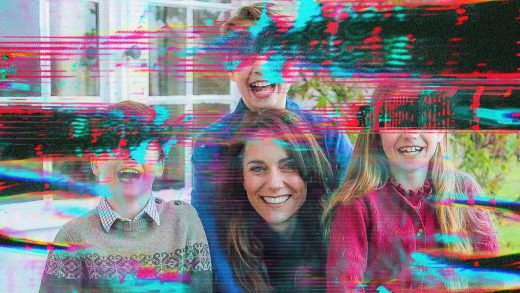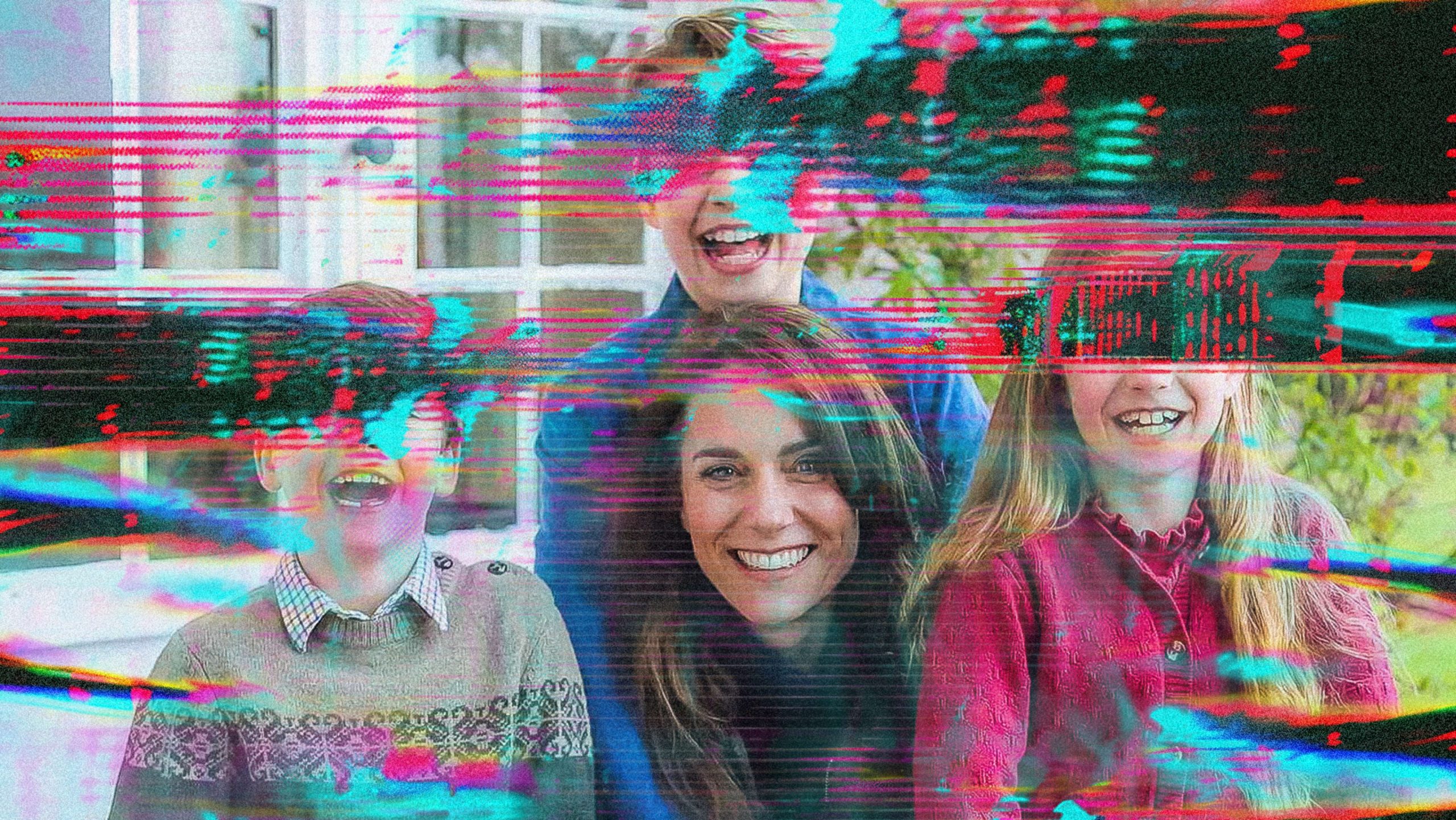All your photos are a lie, just like Kate Middleton’s
All your photos are a lie, just like Kate Middleton’s
Every pixel captured by phone cameras is a fabrication of reality.
BY Jesus Diaz
The world collapsed this week when about 8.1 billion people (give or take) opened their phones to discover that Catherine, Princess of Wales, future queen of the United Kingdom and Commonwealth realms, seemingly destroyed the fabric of space-time continuum by ‘photoshopping’ an image of herself with her three kids.
Then, of those billions, probably some hundreds of millions proceeded to take their very own photos and post them on social media. What they maybe didn’t realize is that much like Kate’s fake photography, their photos were manipulated, too. Because today, my friends, every single photo taken with a phone is a lie.
I’m not talking about the act of editing a digital photo. I’m talking about just taking it. By default, every single pixel is dreamed up by a multitude of machine learning algorithms that interpret your reality and freeze it into digital fabrication. This works similar to the way your brain interprets the input of your eye’s photoreceptors into a confusing slurry where reality—in its purest form—is distorted.
Today, everyone has joined the photo farce because it’s not only easy, it’s automatic. Computational photography is responsible for this end of reality. As phone-camera sensors and chips began to get more sophisticated, the companies of Apple, Google, Samsung, and other phone manufacturers began introducing image-processing algorithms to their phones.
With these algorithms, phone brands could offer distinct photographic styles—some more “natural” and others ”dramatic,” but all of them artificial. Then, in 2017 Google started adding computational photography features to its phones that went beyond color processing. Phones could now create artificial images that simulated the effects you can get with the bigger sensors and lenses.
This move started a race that turned photography into a festival of visual buffoonery. Apple uses dozens of AI-processing layers to change iPhone images into what the company thinks are better photos, including the automatic beautification of your skin, which it copied from Android brands. There are specific modes in phones that take this further by changing the lighting of the subject, the depth of field, altering the background, and many other tricks.
With the Pixel 8, Google introduced a feature that combines many different photos in a group so everyone is looking happy at the camera using artificial intelligence, which people normally use. You know, like Kate did.
The truth is, for almost a decade now, not a single pixel posted online corresponds to the real world as we see it.
And while Middleton’s alleged photo-editing appears to be a step beyond— Whoops, my phone camera just did this on its own!—this whole scandal has made one thing clear: It’s really time to stop using the phrase “photoshopped.” It’s a meaningless word in this era. It makes no sense anymore unless you are actually using Photoshop to do some real work (incidentally, only 33 million people use that software). Plus, photo manipulation that we can see in the royal photo could also have been done by a constellation of phone apps.
It’s time to stop assuming that a Tinder profile or a TikTok post is the real McCoy. It is not. We all just need to accept that our lives, as captured by all these smart gadgets, are now a deception to different degrees. And that’s fine, really. It’s always been that way.
Recognize your company’s culture of innovation by applying to this year’s Best Workplaces for Innovators Awards before the final deadline, April 5.
ABOUT THE AUTHOR
(3)



